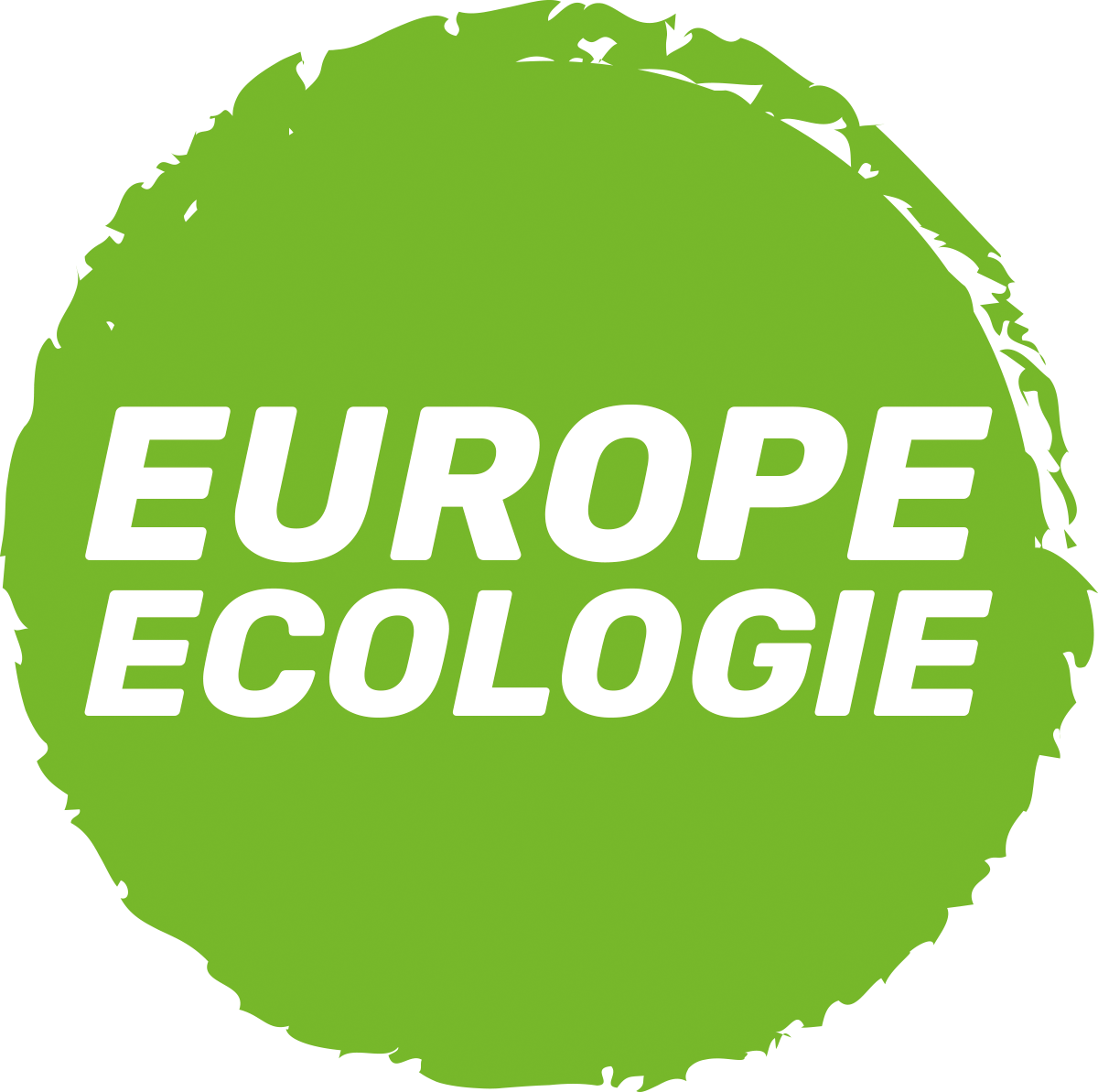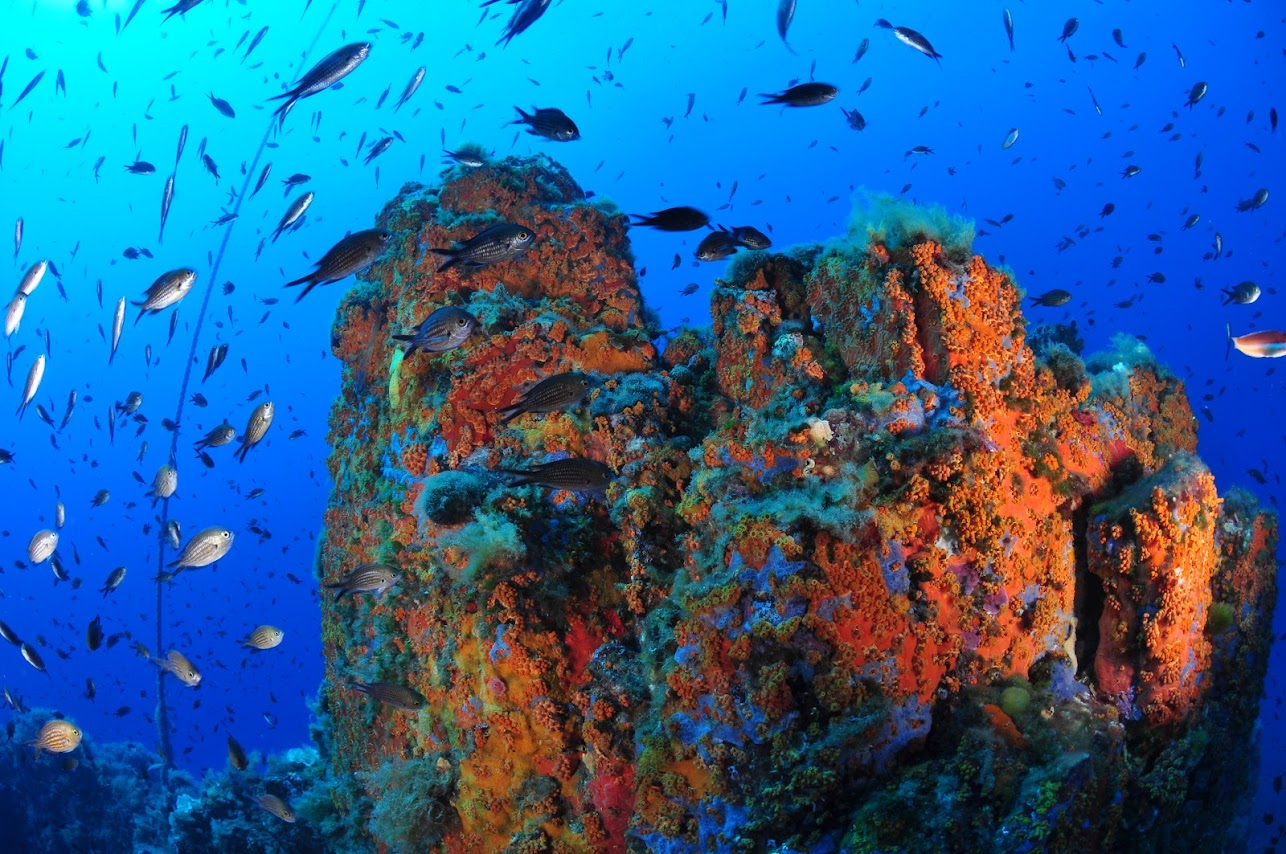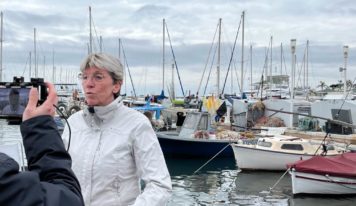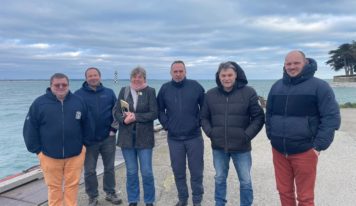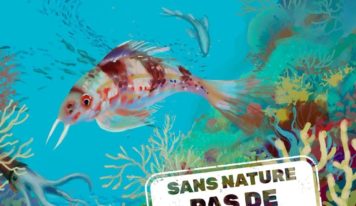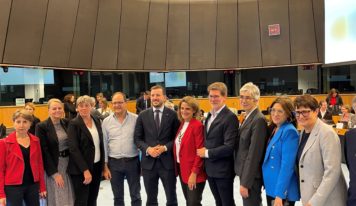Cap Roux fishing reserve, Var. Photo credit: APAM
On Monday 20 March, ocean protectors from all over Europe came to share with us their experience in restoring marine ecosystems. I was happy to host this conference on Nature Restoration with my fellow MEPs Isabel Carvalhais (Socialist and Democrats Group) and Catherine Chabaud (Renew Group), as well as in partnership with Patagonia.
In the context of the ongoing negotiations on the European Nature Restoration Law,, it is essential to make such initiatives visible to encourage and multiply them in the future. I am the rapporteur for the opinion of the committee on fisheries of the European Parliament.
Negotiations on Nature Restoration Law
This conference reminded us of the necessity and urgency of adopting the Nature Restoration Law that was proposed last year by the European Commission.
This law will mark a new step in European environmental law. It sets targets for the restoration of ecosystems and each Member State will have to put in place a national nature restoration plan to achieve them. This will be the first legislation of this type at the EU level.
According to the European Commission, 80% of habitats in Europe are in poor condition. The situation is alarming. We must act to reverse this trend and rethink our link with nature.
These objectives must apply to the oceans. These changes must be made together with the fishers, the first witnesses of the degradation of the oceans.
During the conference, ocean stakeholders (fishers, fish farmers…) highlighted, through their own experiences and initiatives, all the social, economic and environmental benefits brought by the restoration of marine ecosystems.
What does nature restoration mean?
Nature restoration refers to actions that initiate or accelerate the recovery of an ecosystem that has been damaged or destroyed.
Restoration measures are of two kinds. « Passive restoration » is the most recommended because it prevents further degradation of ecosystems. It consists in reducing or stopping pressures on ecosystems. One example is the creation of marine protected areas that restrict certain human activities. “Active restoration”, which can be complementary, involves direct human intervention, such as the installation of artificial reefs or the reintroduction of species, e.g. replanting seagrass meadows.
Restoration measures already exist, and the objective of this law is to multiply, support them, and make them mandatory for European countries.
The initiatives presented during the conference
Raquel Gaspar, co-founder and CEO, Ocean Alive, Portugal:
Through a short film, which will be released in June, she immersed us in the Sado estuary in Portugal, an area seriously threatened by overfishing and pollution.
Raquel Gaspar works with local fisherwomen to restore the seagrass lands. The local fisherwomen are raising awareness, defending a new fishing and life model, respectful of the environment.
Seagrass beds are very important because these habitats absorb a large amount of CO2, regenerate fish populations by providing shelter and breeding grounds for many species, improve water quality and help to reduce ocean acidification.
For Raquel Gaspar, the Nature Restoration Law is an opportunity to protect new species of seagrass meadows, as only one seagrass is currently protected by the Habitat directive.
Nikki Spil, Chief farmer, The Seaweed Farmers, Netherlands:
The short film took us to the Car y Mor seaweed farm in Wales.
Nikki Spil’s seaweed farm is a bit special as it is based on 3D ocean farming technique, which consists in developing a complementary polyculture of shellfish and seaweed, taking advantage of the full height of the water column. This creates a rich environment, which serves as a refuge for other species that come to shelter there. This seaweed farm thus strengthens food security, as well as the resilience of the ecosystem.
Christian Decugis, President, Low Impact Fishers of Europe (LIFE), France:
I already had the opportunity to meet this artisanal fisherman from the Cap Roux fishing reserve. This fishing reserve, also called “cantonnement’ in French, is a no-fishing zone located in France, created by local fishers in 2003.
The long history of this Marine Protected Areasshowed many positive effects: the fish are bigger and more numerous, making fishing in the area much more profitable for the fishing community. Nature is restored, and the fishers, by taking care of its protection, benefit from this regeneration.
Time is running out
However, the speakers warned us about the same threat to their actions: the marine environment continues to be degraded.
Global warming, water acidification, overfishing… are all dangers that undermine such initiatives.
I will therefore continue to fight so that the Nature Restoration Law will be adopted and is effective in effectively restoring marine ecosystems. . The European Court of Auditors concluded that the European Union has so far failed to stop the degradation of marine environment. There is a need to overcome the blockages that currently exist in the legislations concerning the conservation of marine ecosystems.
The negotiations are difficult because some politicians, such as right-wing or liberal politicians, oppose food security and nature restoration, whereas the two are intrinsically linked.I will do my best to make it as strong as possible, marking a turning point in environmental protection.
Read the Greens/EFA article on why we need an ambitious Nature Restoration Law
Bring back nature: why we need a strong EU nature restoration law










